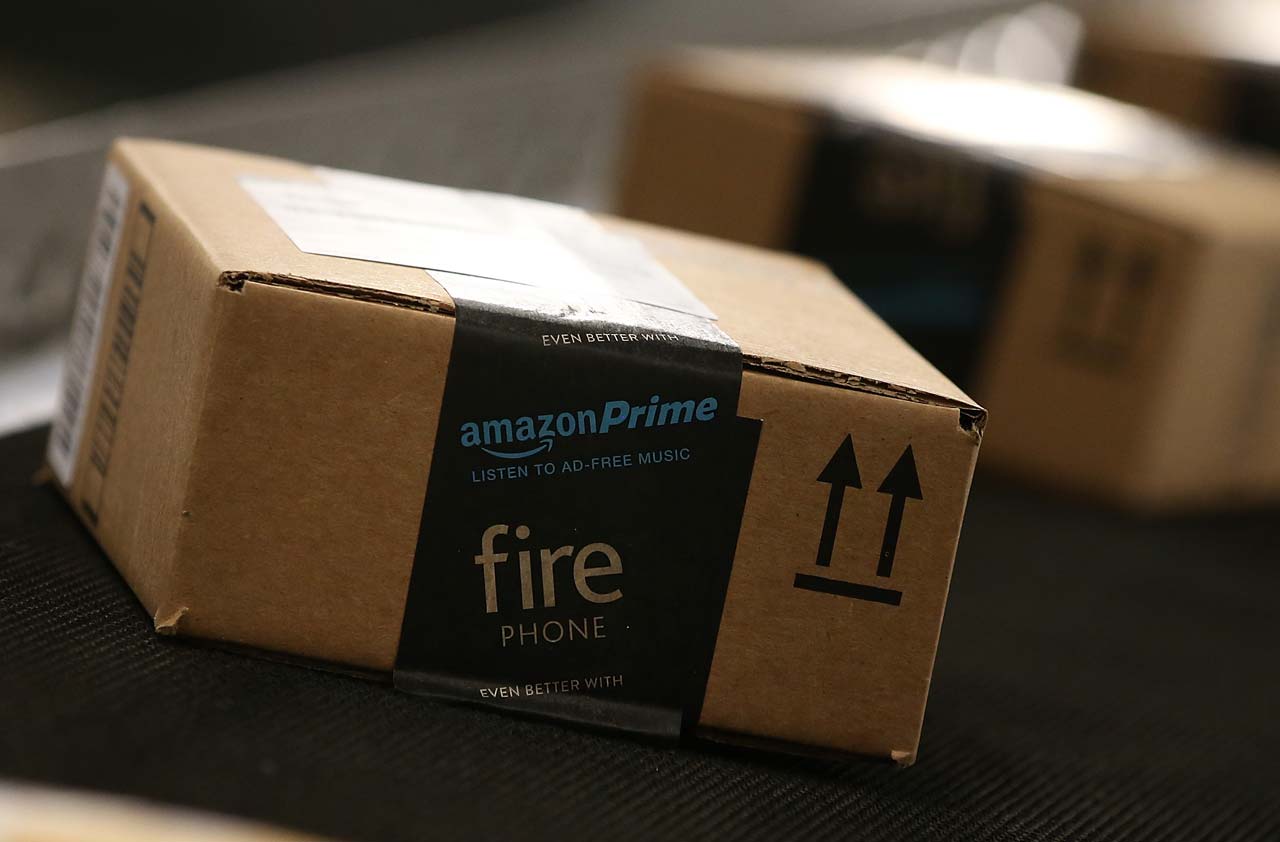5 Ways to Keep Santa on a Budget
Follow these tips to keep holiday spending on your kids under control.

I just observed the first of my many holiday traditions: I e-mailed my adult children asking them to send me their Christmas lists. When they were younger, they wrote charming letters to Santa. Now that they’re older, e-mail is far less whimsical but much more efficient. And efficiency helps us all stay on task, eases holiday stress and keeps us from overspending (they ask me for a list, too).
That ties nicely into another of my holiday traditions: my annual column on how to keep Santa on a budget . It’s tough to put a number on how much to spend on your kids or how many gifts to buy, because every family has its own gift-giving traditions. But you’ll know you’ve gone overboard if:
--You’re embarrassed to tell your friends how many presents you bought.

Sign up for Kiplinger’s Free E-Newsletters
Profit and prosper with the best of expert advice on investing, taxes, retirement, personal finance and more - straight to your e-mail.
Profit and prosper with the best of expert advice - straight to your e-mail.
--You can’t find enough hiding places for all the gifts.
--You can’t remember where or what you hid.
--Your children get bored and wander away in the middle of opening presents.
Here are some guidelines on how to keep things from getting out of hand:
Set a limit. You might start with, say, six gifts per child -- three “big” ones and three small stocking stuffers -- and adjust that number up or down depending on how much you want to spend and how old your kids are. Three gifts may be too many for a toddler who can’t appreciate them or a teenager who’s getting an expensive laptop.
To parcel out gifts among eight children, one family I know limits the kids’ wish lists to three requests each. Mom and Dad fill in with inexpensive but popular goodies the kids don’t usually get, such as sweet cereal or snacks, and every once in a while they slip in something practical, such as a new toothbrush.
Give items you would have bought anyway, such as a new backpack for school, ice-skating lessons or a family outing to the circus. Wrap everything -- even if it’s a pair of socks. All gift-wrapped boxes are treasures to a kid; the boxes don’t have to be physically large, and the gifts inside don’t have to be expensive. Half the fun (or maybe even more than half) is tearing off the paper.
Neutralize overly generous relatives. If your children are swamped with gifts, quietly put some away to be opened by the kids on rainy days later in the year. Or set up college-savings funds for the children and ask family members to contribute in lieu of buying presents (see our picks for the best 529 college savings plans).
Try something different. Take the money you would have spent on presents and spend it on a family getaway or some other nontraditional gift. One year, parents who were planning a winter trip to Walt Disney World stuffed the tickets into their kids’ Christmas stockings along with guidebooks and other Disney paraphernalia. Planning the trip kept the kids happily occupied long after the post-holiday blahs might ordinarily have set in.
Give the gift of you. One of the best things you can give your kids is time spent together. Present them with a certificate that entitles them to an afternoon or evening of your undivided attention for an activity of their choosing.
In the end, the real test of a successful holiday isn’t the number of gifts you buy or how much they cost, but how well suited they are to your children and whether they have staying power. Once, when the power went out at our house during a hurricane, my son pulled out the board game Stratego -- a gift from several Christmases past -- to play by candlelight with his teenage friends. For a mom, that’s job satisfaction.
Get Kiplinger Today newsletter — free
Profit and prosper with the best of Kiplinger's advice on investing, taxes, retirement, personal finance and much more. Delivered daily. Enter your email in the box and click Sign Me Up.

Janet Bodnar is editor-at-large of Kiplinger's Personal Finance, a position she assumed after retiring as editor of the magazine after eight years at the helm. She is a nationally recognized expert on the subjects of women and money, children's and family finances, and financial literacy. She is the author of two books, Money Smart Women and Raising Money Smart Kids. As editor-at-large, she writes two popular columns for Kiplinger, "Money Smart Women" and "Living in Retirement." Bodnar is a graduate of St. Bonaventure University and is a member of its Board of Trustees. She received her master's degree from Columbia University, where she was also a Knight-Bagehot Fellow in Business and Economics Journalism.
-
 Stock Market Today: Stocks Gain on Tech, Auto Tariff Talk
Stock Market Today: Stocks Gain on Tech, Auto Tariff TalkThe Trump administration said late Friday that it will temporarily halt tariffs on some Chinese tech imports.
By Karee Venema Published
-
 Sam's Club Plans Aggressive Expansion: Discover Its New Locations
Sam's Club Plans Aggressive Expansion: Discover Its New LocationsSam's Club expansion plans will open up to 15 new stores each year. Learn where they plan to open in 2025.
By Sean Jackson Published
-
 Five Reasons You Shouldn't Shop on Amazon Prime Day
Five Reasons You Shouldn't Shop on Amazon Prime DaySmart Buying Think twice before getting lured into buying a bunch of stuff you don't need just because it's on sale.
By Andrea Browne Taylor Last updated
-
 Best Cash Back Credit Cards of 2025
Best Cash Back Credit Cards of 2025Credit Cards If you're searching for a credit card that rewards you for everyday purchases, we've chosen the best.
By Ellen B. Kennedy Last updated
-
 How to Spend $1,000: Find Cheap (or Free) Online Courses to Build Career Skills
How to Spend $1,000: Find Cheap (or Free) Online Courses to Build Career SkillsSmart Buying There's a huge array of skill-building online courses that can level up your career for under $1,000.
By Kim Clark Published
-
 MoviePass is Relaunching. Should You Sign Up?
MoviePass is Relaunching. Should You Sign Up?Smart Buying The subscription discount movie card company has a checkered past and an army of disillusioned former cardholders. If you want to try the reboot, you’ll need to hurry.
By Bob Niedt Published
-
 HBO Max Is Offering Huge Discounts
HBO Max Is Offering Huge DiscountsSmart Buying Looking for a streaming service deal? Warner Bros. Discovery is cutting the price of HBO Max.
By Bob Niedt Published
-
 Are You Streaming Too Much? What the Discovery+/HBO Max Mashup Means
Are You Streaming Too Much? What the Discovery+/HBO Max Mashup MeansSmart Buying Fewer original scripted series? Maybe. And maybe it’s time to unsubscribe.
By Bob Niedt Published
-
 PODCAST: Is a Recession Coming?
PODCAST: Is a Recession Coming?Smart Buying With a lot of recession talk out there, we might just talk ourselves into one. We take that risk with Jim Patterson of The Kiplinger Letter. Also, dollar stores: deal or no deal?
By David Muhlbaum Published
-
 How to Motivate Kids to Save
How to Motivate Kids to Savepersonal finance It's not easy teaching your child to save. Here are some ways readers have incentivized their kids to keep track of their finances.
By Janet Bodnar Published